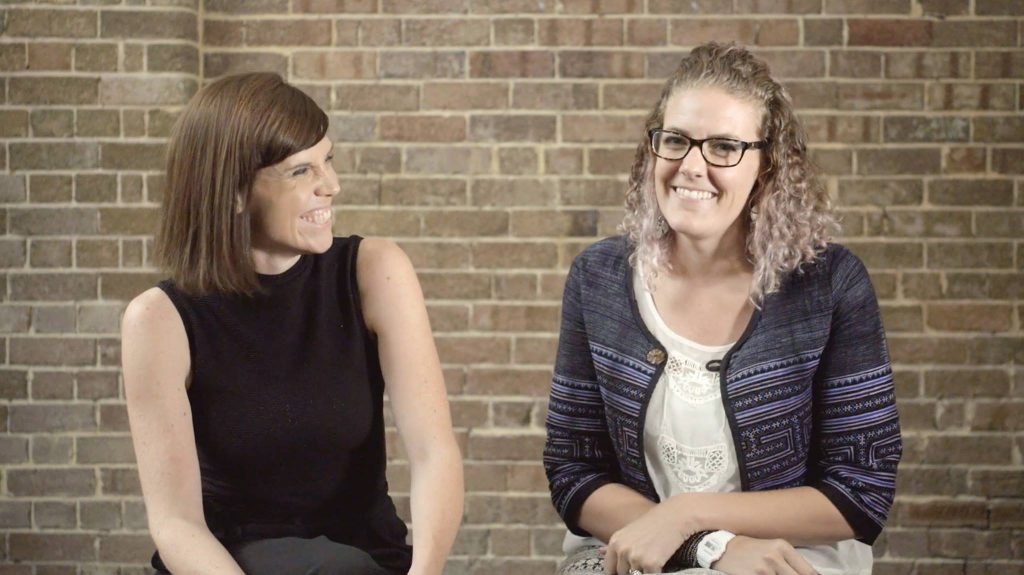ARTICLE
Poppy Johnston, The Fifth Estate, 4 September 2018
By pooling publicly-available data from social media and other unconventional information sources – such as reviews and ratings sites, travel wikis, mapping sites, and event promotion pages – the company is able to depict in real-time the unique social fabric of a neighbourhood.
“We have memories and thoughts about spaces, and it’s that intangible stuff that makes somewhere sticky,” Ms Hartley, who is also the company’s chief innovation officer, told The Fifth Estate.
“It’s traditionally been hard to put data behind this and hard to put a value to it. Determining social value has also been hard because neighbourhoods are in a constant state of change,” she said
To visit Lucinda Hartley and co-founder Jessica Christiansen-Franks’s social analytics platform Neighbourlytics click here. To visit their placemaking consultancy Co-Design Studio click here.


